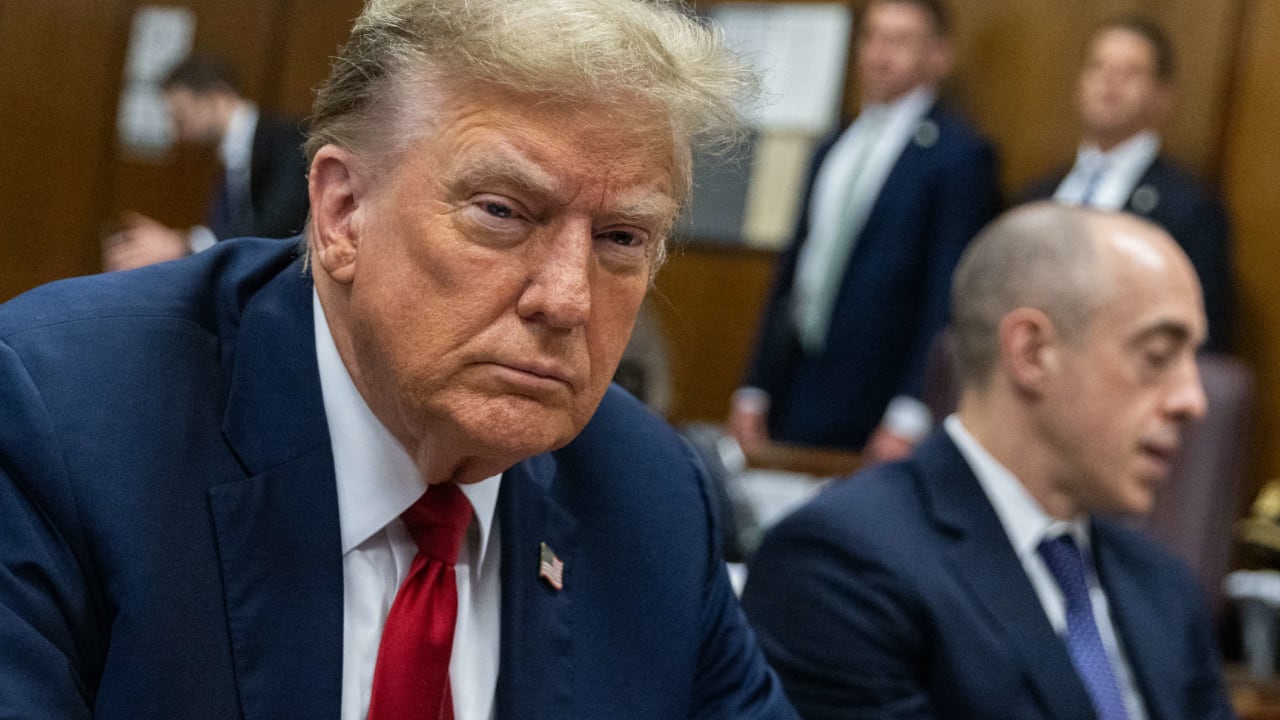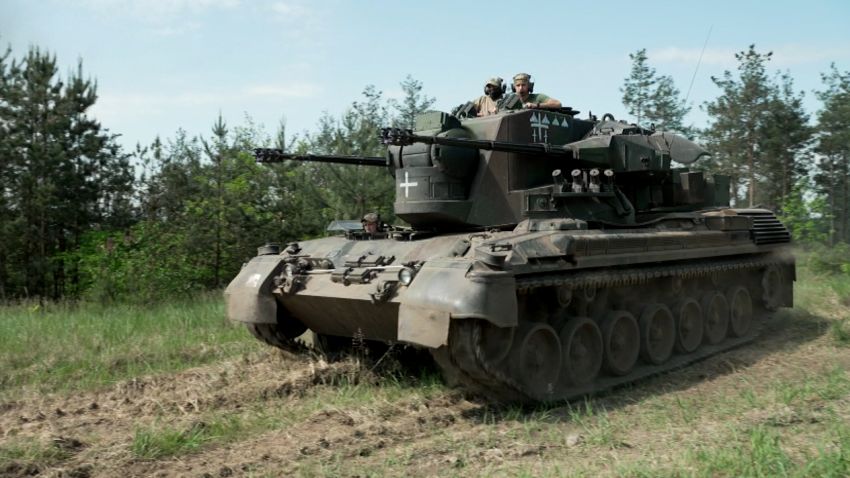Ukraine’s foreign minister says the country’s European allies remain in lockstep with Kyiv over the war, amid reports that Chinese envoy Li Hui, who has been visiting European capitals, is urging acceptance of Russia’s territorial gains as a way to end the fighting.
Western interlocuters of the Chinese diplomat on his recent visit – which took in Kyiv, Warsaw, Berlin, Paris, Brussels and Moscow – were told to put pressure on Ukraine and force it to make compromises on territory, according to the Wall Street Journal.
But in a video message on his Facebook page, Dmytro Kuleba said western partners had assured him that no such moves had been entertained in discussions with the Chinese envoy.
“I immediately contacted my colleagues in the capitals [Li] visited, and all of them confirmed there had been no talks or negotiations about recognizing as Russia those territories [it currently controls] in Ukraine,” Kuleba said.
“No one will do anything against us behind Ukraine’s back, because we have built trusting relationships with all our key partners,” he added.
Beijing is a key ally of Moscow, particularly in economic ties, but has been careful to maintain a degree of distance over Russia’s actions in Ukraine.
In February, China published a series of principles it said should form the basis for ending the war, including rapid resumption of direct dialogue between the parties and a comprehensive ceasefire.
However, the 12-point paper made no mention of possible Ukrainian concessions, instead stipulating: “The sovereignty, independence and territorial integrity of all countries must be effectively upheld.”
In his video message, Kuleba said Ukraine would continue its dialogue with China but reiterated his country’s long-standing position there would be no discussion of territorial concession, nor of putting the conflict into a ‘freeze.’
Russia’s Foreign Minister Sergey Lavrov, who met with Li in Moscow on Friday, said China had a “balanced position” on the war, and welcomed “Beijing’s readiness to play a positive role in its settlement,” according to a statement on the Russian Foreign Ministry website.





